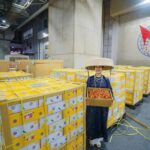The Lychee Paradox: A Tale of Two Countries’ Delicacies
As June begins, consumers across Vietnam can easily find ripe and sweet lychees from Bac Giang and Hai Duong provinces in local markets, with prices as low as a few thousand dongs per kilogram. However, an intriguing paradox is unfolding in premium imported fruit shops and online.
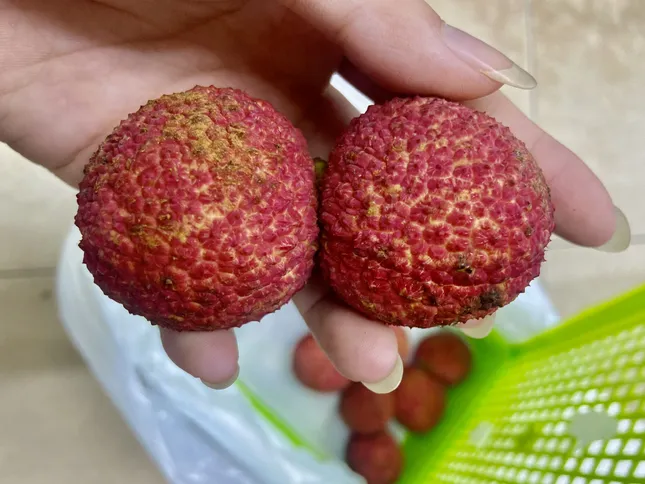
Chinese seedless lychees priced at 700,000 VND (approximately $29) per kilogram. Photo: Lam Thuy Duong.
Chinese seedless lychees, carefully packaged in small boxes weighing 1 kilogram each, are being sold for 700,000 VND (approximately $29) per kilogram. Some shops even offer gift baskets containing these lychees, priced at 1.2 to 1.4 million VND (about $50-58) for a 2-kilogram basket.
This price is nearly three times higher than that of Vietnamese seedless lychees of the same variety, 3.5 times more expensive than the famous u trung (egg-shaped) lychees from Phu Cu, Hung Yen, and about 15 times pricier than early-season lychees from Vietnam.
According to a staff member at a fruit shop on Pham Ngoc Thach Street, these Chinese lychees originate from Hainan Province and are known for their unique characteristics. The trees are old, bearing eye-catching reddish-pink fruits with thick, translucent flesh resembling jelly. They have a sweet and fragrant taste, she added.
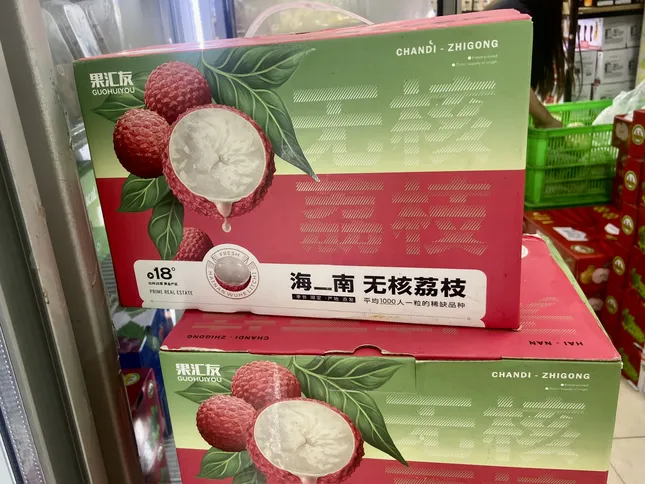
The lychees are packed in boxes with ice gel to ensure freshness during transportation. Photo: LTD.
Due to their perishable nature and susceptibility to bruising, the shop imports these lychees in small batches of a few dozen kilograms at a time. Each 1-kilogram box contains two layers of lychees, separated by shock-absorbing foam pieces. Ice gel packs are included to keep the fruits fresh during the long-distance transportation.
“Because of the high price, these lychees cater to a niche market, mainly those who can afford to indulge in the experience of trying exotic fruits or those looking for luxurious gifts,” the shop employee explained.
Marketing and Selling High-Priced Lychees
Despite the initial challenge posed by the high price and the novelty of the product in Vietnam, creative marketing strategies have helped boost sales. Giang, a fruit seller on Facebook, shared her experience: “At first, we sold them by the kilogram, but sales were slow as people were hesitant to spend a large sum on an unfamiliar product. So, we started offering smaller boxes weighing 250-300 grams, priced at 200,000-300,000 VND (approximately $8-12) each. This immediately attracted more customers who wanted to try the lychees without committing to a larger quantity.”
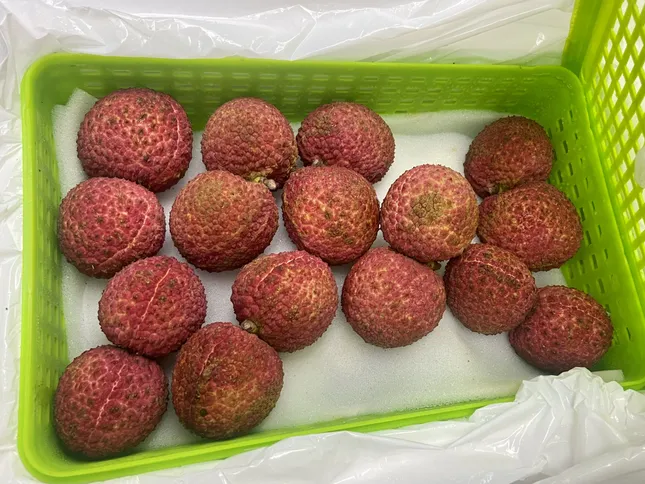
The lychees are carefully packaged with shock-absorbing foam to prevent bruising during transportation. Photo: LTD.
This flexible approach has proven successful, with Giang receiving orders for several dozen kilograms of lychees every 5-6 days. It demonstrates that despite the high price tag, there is a market for unique, novel, and story-driven products.
The presence of Chinese seedless lychees in the Vietnamese market underscores the importance of local producers stepping up their game. In fact, Vietnamese farmers and businesses have risen to the challenge and are actively competing in the premium fruit segment.
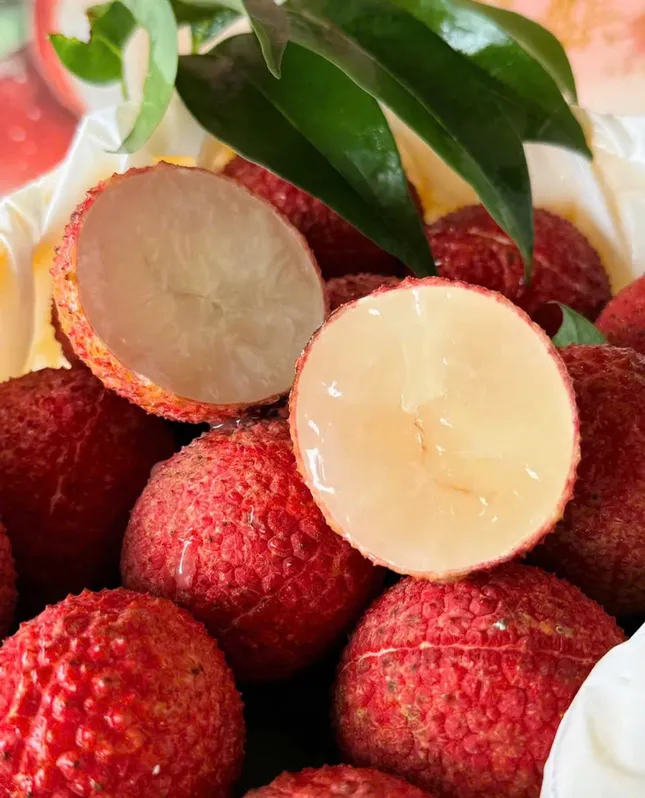
Vietnamese seedless lychees with thick, translucent flesh and minimal seeds. Photo: Giang Ha.
In Thanh Hoa province, a company has successfully cultivated seedless lychees and started selling them domestically in 2023 at a farm-gate price of 170,000 VND (approximately $7) per kilogram. These lychees are then packaged and sold to consumers for around 280,000 VND (about $11) per 1-kilogram box, which is less than half the price of the imported Chinese lychees. Notably, this variety has also found success in demanding markets like Japan and the UK.
In Bac Giang, the country’s lychee capital, seedless lychees have been cultivated since 2022 with promising results. The quality and appearance of these lychees are comparable to the renowned Luc Ngan lychees of the main harvest season.
The entry of Chinese lychees into the Vietnamese market presents both a challenge and an opportunity for local producers. It underscores the need for Vietnamese businesses to focus on developing strong brands and strategic marketing for their high-quality products to compete effectively in their home market.
The Tasty Treats of Thanh Ha: A 2025 Hai Duong Lychee Festival
In 2025, Thanh Ha district – the lychee capital of Hai Duong province – boasts 3,300 hectares of lychee trees ready for harvest, with an estimated yield of 40,000 tons. The lychees from Thanh Ha are recognized as a flagship product, highly valued for export, and are gradually making their way into premium markets such as the US, EU, Japan, South Korea, the UK, and the UAE.
A Sunny Outlook for Vietnam’s Fruit and Vegetable Exports
According to the Ministry of Agriculture and Rural Development, fruit and vegetable exports reached $3.4 billion in the first half of 2024, a significant 28% increase compared to the same period last year. Vietnam’s fruit and vegetable exports are forecasted to remain on this positive trajectory, with the agriculture industry working closely with local authorities to establish specialized farming regions linked to value chains, building on this momentum to drive further growth.



